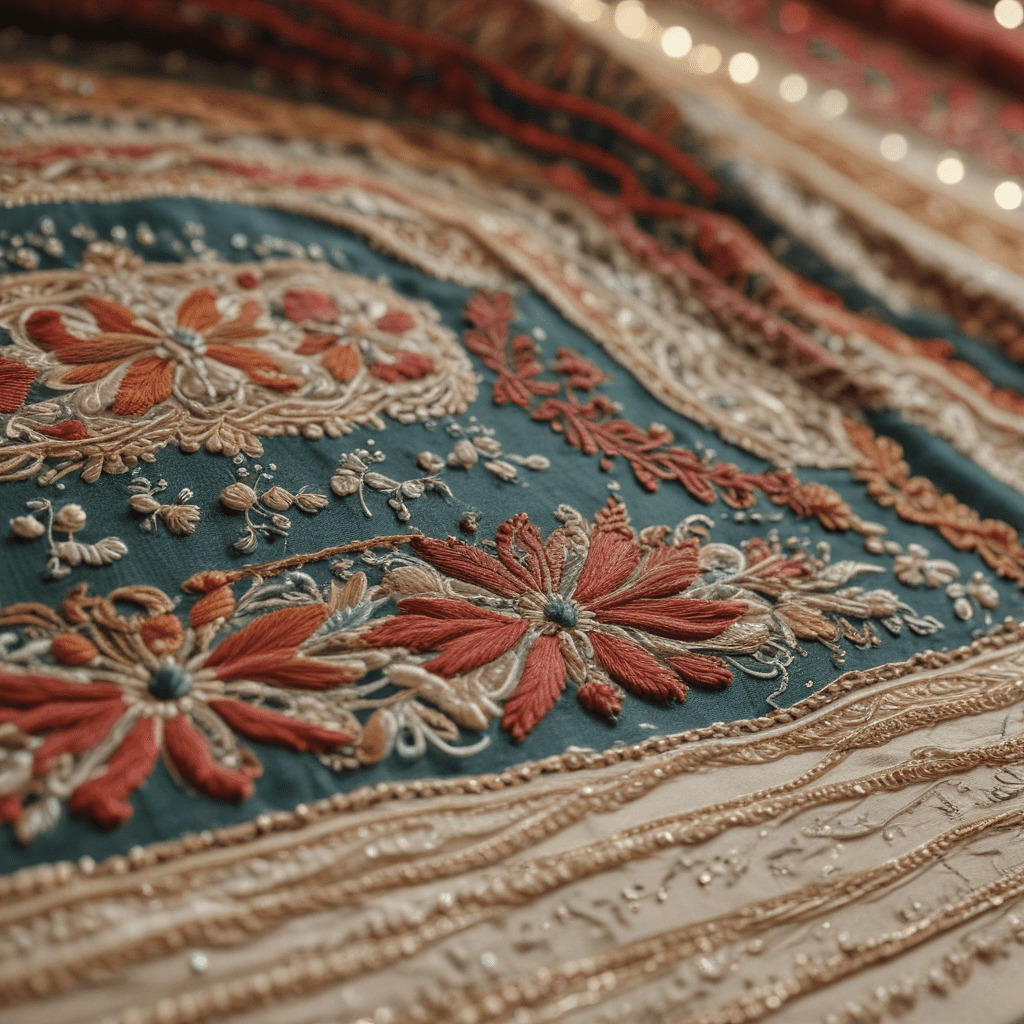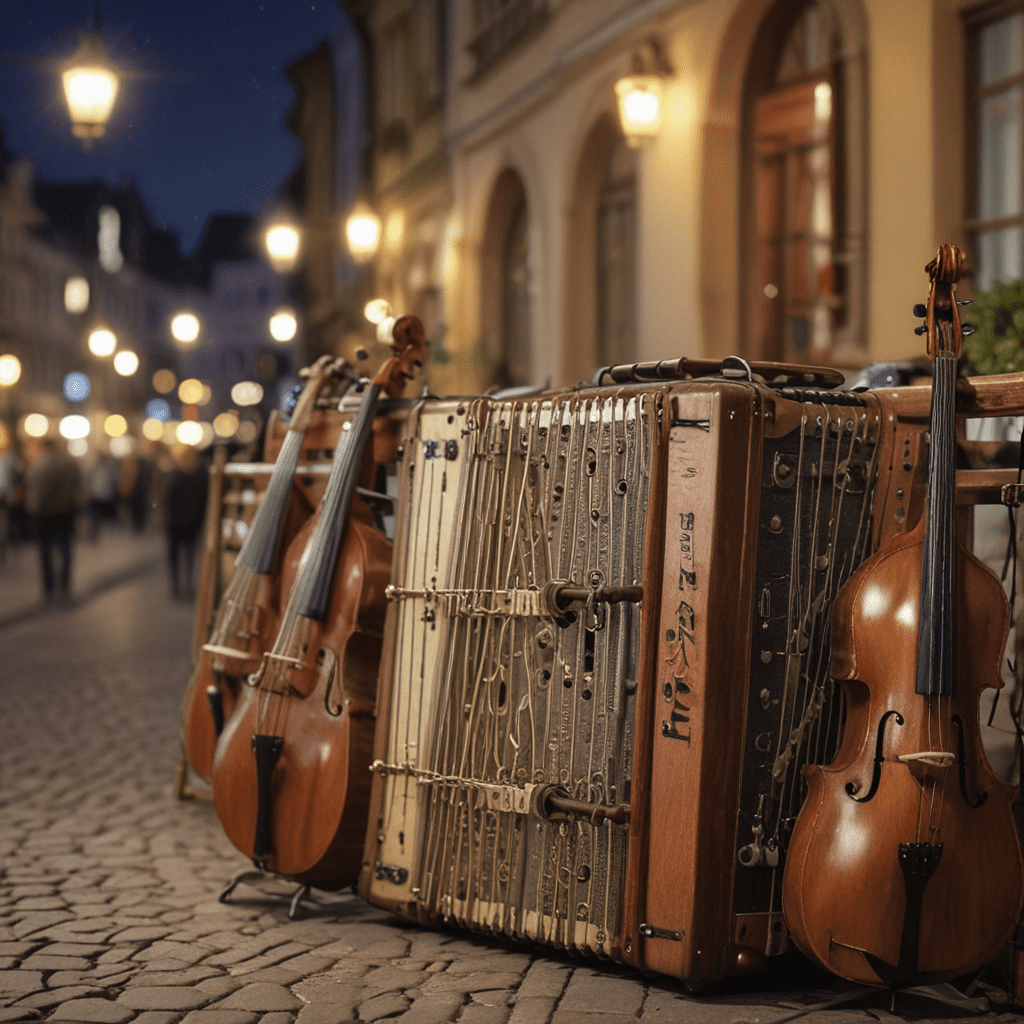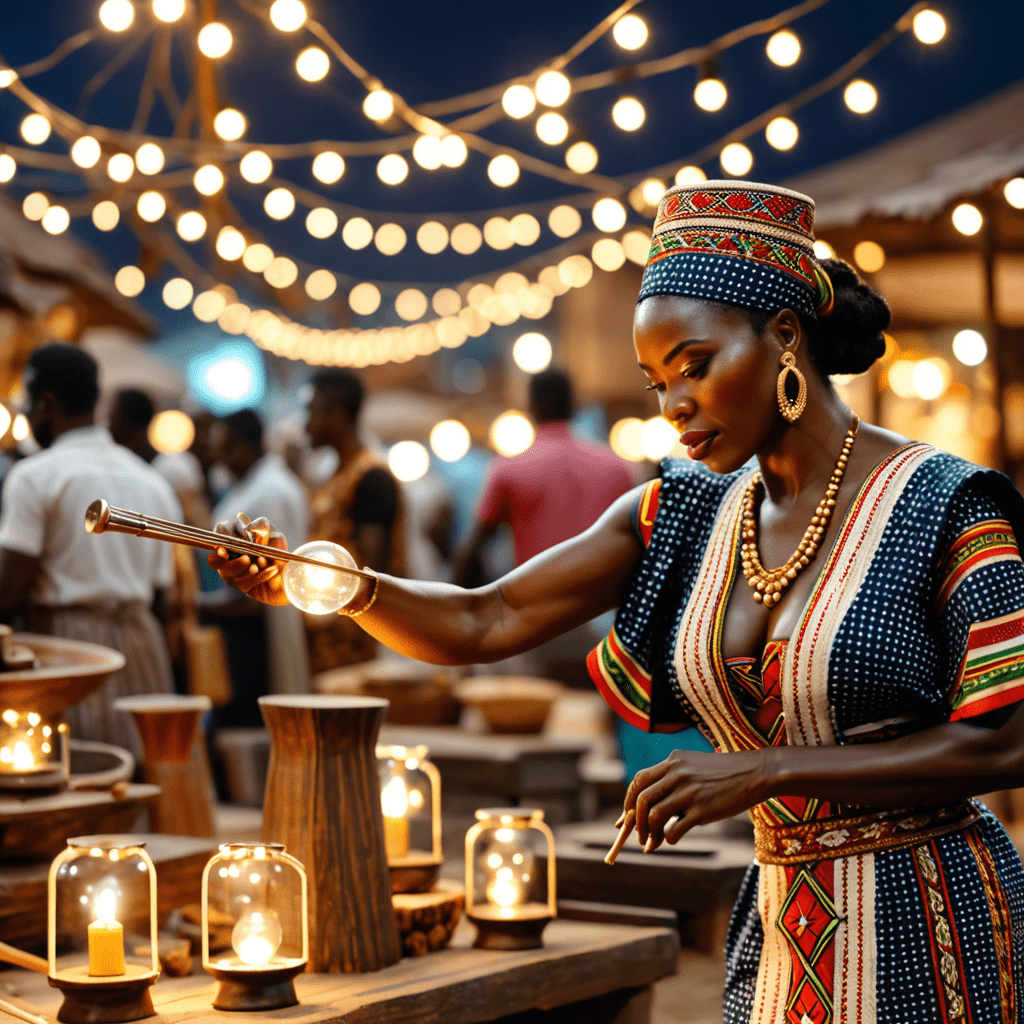
1. Introduction
Bahrain, an archipelago in the Arabian Gulf, boasts a rich cultural heritage epitomized by its exquisite embroidery and textile art. This traditional craft, passed down through generations, holds immense historical and cultural significance. Bahraini embroidery is a testament to the creativity, artistry, and unwavering dedication of the nation's craftswomen.
2. History of Embroidery in Bahrain
The origins of embroidery in Bahrain can be traced back to ancient times. Archaeological findings suggest the practice flourished in the Dilmun civilization, which existed in the region from the 3rd millennium BC onward. Embroidery techniques were likely brought to Bahrain by nomadic tribes who traversed the region, leading to the development of distinct styles and motifs.
3. Types of Embroidery
Bahraini embroidery encompasses various techniques and styles, each with its own unique characteristics. The most prevalent types include:
3.1 Al-Khayata
Al-Khayata is the most traditional and intricate form of Bahraini embroidery. It is characterized by its fine, delicate stitches and intricate geometric and floral patterns. Al-Khayata is primarily used for decorating clothing, such as women's abayas, thobes, and headdresses.
3.2 Motifs
Bahraini embroidery features a wide array of motifs, each with its own symbolic meaning. Common motifs include the palm tree, a symbol of life and abundance; the fish, representing prosperity; and the eye, which provides protection against evil. Flowers and leaves are also prevalent, representing nature's beauty.
6. Techniques and Materials
Bahraini embroidery is created using a variety of stitches and techniques. Common stitches include the satin stitch, stem stitch, and chain stitch. Embroiderers use a traditional needle called a 'mishab' and thread made from cotton, silk, or gold. Fabrics used for embroidery include cotton, linen, and silk.
7. Role of Women in Embroidery
Embroidery has traditionally been a women's craft in Bahrain. Women would learn the art from their mothers and grandmothers, passing down techniques and designs through generations. Embroidery skills were considered essential for young women, as they would adorn their own clothing and household items.
8. Contemporary Adaptations and Influences
While traditional Bahraini embroidery continues to be practiced, contemporary artists have introduced new interpretations and influences. They experiment with modern materials, bold colors, and unconventional motifs, blending traditional techniques with contemporary sensibilities.
9. Preservation and Revival Efforts
Recognizing the importance of preserving this cultural heritage, the Bahraini government and cultural organizations have undertaken initiatives to support and revive traditional embroidery. This includes establishing training programs, workshops, and exhibitions to showcase the craft and empower local artisans.
10. Conclusion
Bahrain's traditional embroidery and textile art is a vibrant expression of the nation's cultural identity. Its intricate designs, skilled craftsmanship, and symbolic motifs have been passed down through generations. Contemporary adaptations and preservation efforts ensure that this ancient craft continues to flourish, showcasing the artistic talents and cultural heritage of Bahrain.
FAQs
Q: What are the most common types of Bahraini embroidery?
A: Al-Khayata, Al-Tareez, and Al-Tatreez.
Q: Who traditionally practices embroidery in Bahrain?
A: Women.
Q: What materials are used in Bahraini embroidery?
A: Cotton, linen, silk, thread, and a 'mishab' needle.


